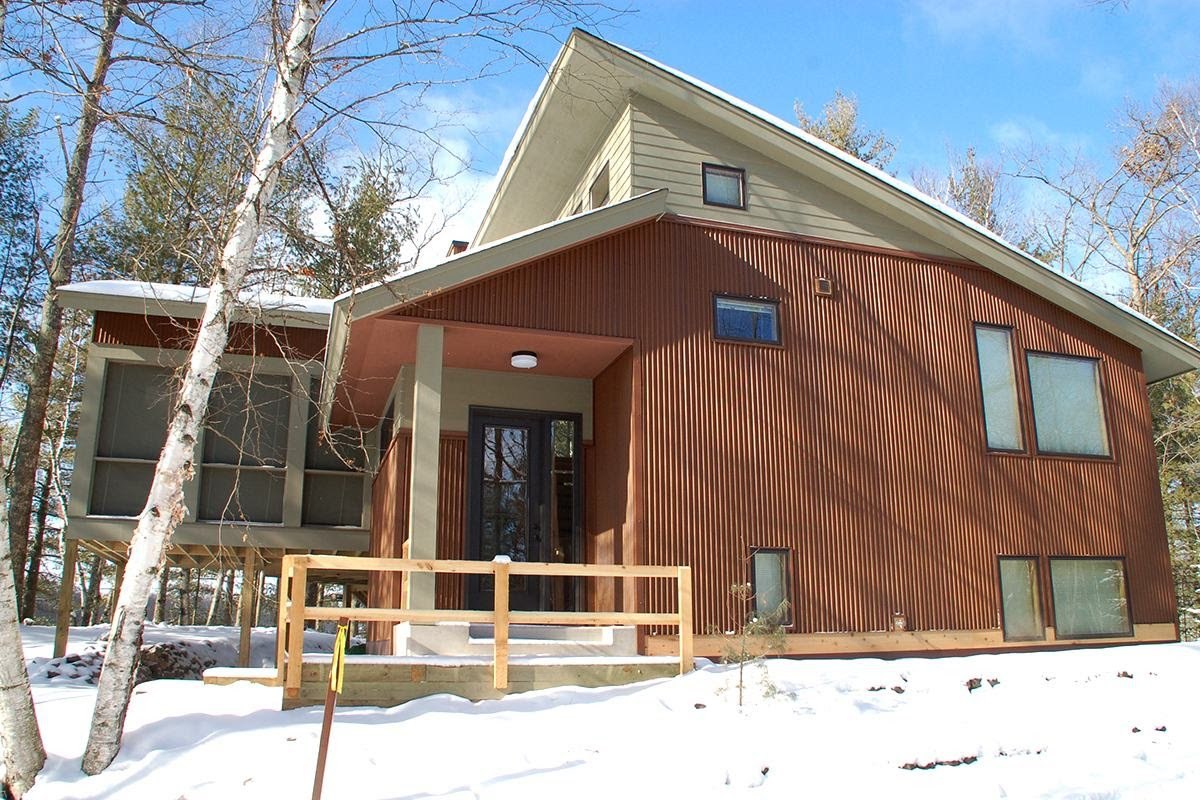6 Telltale Signs Your Home Needs New Siding
All siding has a life expectancy. Understanding the timeline for when your home siding needs replacement is not completely predictable. Every type of siding material lasts for a different amount of time.
At Western States Metal Roofing, we specialize in manufacturing metal siding and work with customers that have to replace their exterior siding every day.
If you're a homeowner and think your home is getting close to needing new siding, there are a few warning signs to look out for your home improvement.
If you are experiencing any of the signs that we discuss, it's time to look into new siding for your home. Failing to replace your siding in time often leads to more damage in the future. Leaks, wall damage, and even damage to the interior of your home can result from waiting too long for siding replacement.
What Are The Top Signs My Siding Needs Replacement
Whether you have metal siding, vinyl siding, wood siding, or fiber cement siding, this list below will be a good thing to keep in mind when observing your home's siding. Rot and molding especially from wood siding is dangerous so make sure you pay attention to what you will need to detect!
1. Cracked Or Peeling Siding
Have you noticed any holes, chips or cracks in your siding? Not only are these problems, but they're usually also indicators that there is additional damage behind your siding panels. This is usually related to water damage and results in problems such as mold. Water can get in through the cracks and damage the underlayment.
If your siding is peeling and that's the only warning sign, it does not necessarily mean that your siding has to be replaced. Depending on the severity, it might be able to be repaired.
Once you see any of these cosmetic signs of damage, have a professional inspection done. This will help you find out if there are bigger problems with your siding and give you a clear direction regarding the best course of action to fix it.
2. Warped Siding
Warped siding results from moisture getting under your siding panels. Once moisture gets in, it rots the boards underneath and pushes the siding out. This is what causes the bulging you can easily observe on your siding.
When your siding is warped, it's no longer functioning properly and should be replaced so your home can be properly protected.
3. Peeling Wallpaper
Sometimes the walls inside your home can indicate what's going on with the walls outside your home. If you notice your wallpaper or paint inside your house is peeling, this can be the result of water damage.
The backside of the wall may have water damage from old siding that was not replaced. This is a prime example of what could happen if you don't replace the siding in time and the further damage that can be caused to your home.
4. Mold
Spotting mold or fungus on your home's exterior siding is a key sign that there is a moisture problem. This should cue you to have the material behind your siding inspected also as there is usually water damage there too.
Having mold on the outside of your home is dangerous to both the structure of your home and you and your family as well. Breathing in mold can lead to health issues, especially for those with mold allergies.
5. Dry Rot
Dry rot is a sign of old, water-damaged wood siding. It begins below the surface of the siding and destroys the main body of the siding. Dry rot is not as easy to detect because the siding can still look good on the surface.
Even if the top of the siding looks normal, the dry rot causes the bulk of the siding underneath to deteriorate. It's best to check for dry rot before it becomes visibly noticeable. Simply tap on your siding with the handle of a screwdriver. If the wood siding is damaged and no longer firm, the screwdriver will sink into the wood siding. Any areas with dry rot must be replaced.
6. Loose Siding
Siding can become loose over time for a variety of reasons. Anything from your home settling to wind damage could be the reason for loose siding. No matter the reason, this issue should be attended to immediately. If your siding is very loose, it cannot protect your home and may lead to more damage. Loose siding leaves space for water to penetrate and cause damage to your structure.
Choosing A New Siding Material
If your home has any of the issues we mentioned above, it's time for your siding to be inspected. These are big red flags that your siding is no longer functioning the way it should be to protect your home.
To avoid further damage to the exterior siding and even the interior of your home, it's best to replace your siding. This means it will be time to look for new siding.
Western States Metal Roofing specializes in metal siding. What we love about using metal siding is that it is low maintenance, eliminates many of the problems we discussed in this article, and also boosts your home's curb appeal.
Metal does not rot and it's mildew-resistant. It also will not crack, chip, or warp. When installed properly, metal is a weathertight siding material that will last you 40-60 years with very little maintenance.
To learn more about metal siding, we recommend reading:






